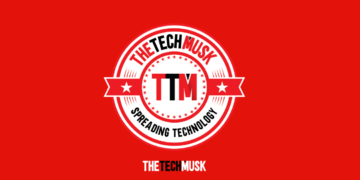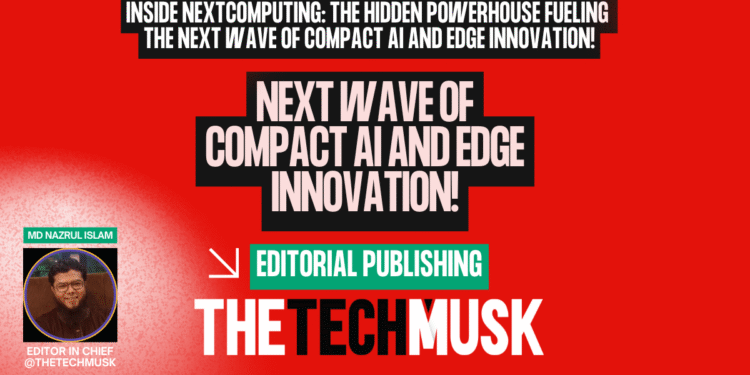In a tech world obsessed with AI models and cloud platforms, it’s easy to forget the physical backbone that makes all that intelligence possible — the hardware. While most headlines celebrate breakthroughs in algorithms and automation, companies like NextComputing are busy reinventing the foundation: the machines that make high-performance, real-time computing possible in the first place.
Headquartered in New Hampshire, USA, NextComputing has carved out a global niche by building compact, portable, and rugged computing systems that can deliver enterprise-grade performance from just about anywhere, from battlefield command centers, broadcast vans, oil rigs, or surgical imaging labs.
From SPARC Roots to Edge Intelligence
Founded in 1999 by Bob Labadini, NextComputing started as a boutique manufacturer focused on Sun SPARC/Solaris portable systems — a specialized niche back when portability and high performance rarely coexisted. Over time, the company adapted to new computing architectures, pivoting toward x86 and ARM high core count systems, and eventually emerging as one of the few firms that could deliver custom, high-density compute power in a small, rugged chassis.
Today, NextComputing’s systems are used in some of the world’s most demanding environments — from defense and aerospace to real-time network analytics, medical imaging, and broadcast production.
Built for the Real World, Not the Lab
The company’s flagship design philosophy is clear: “Performance in constrained spaces.” Its systems are engineered to deliver full workstation and server-class power in compact, portable, and rack-mountable formats that can survive harsh conditions.
Among its most popular models:
- Vigor Plus Portable Workstation — A dual 24-inch 4K display system built to military specifications, offering mobile GPU acceleration for engineers, analysts, and creatives.
- NextServer-X 2U — A compact rackmount solution designed for edge computing, streaming, and mission-critical analytics, offering impressive compute density and I/O flexibility.
- Rugged Edge Systems — Designed for deployment in extreme environments, balancing high performance with thermal and shock resistance.
But what truly sets NextComputing apart is its customization ethos. Each client can tailor their hardware for exact workloads, whether that’s AI inference, real-time data visualization, or sensor fusion at the edge. They even offer custom branding, integration services, and lifecycle management, positioning themselves as partners rather than vendors.
The Market Forces Aligning in Their Favor
NextComputing’s focus on compact high-performance computing places it in a sweet spot at a pivotal moment in the tech industry.
According to market research, the global small-form-factor and edge-compute hardware market is projected to exceed $34 billion by 2032, driven by demand for real-time analytics, IoT, AI inference, and decentralized compute. In other words, exactly the kind of work NextComputing’s systems were born to handle.
While hyperscalers like AWS and Google dominate centralized data processing, the future is moving outward — to the edge. Whether it’s an autonomous drone, a live broadcast vehicle, or a defense system analyzing terabytes of data in real time, edge-ready, ruggedized hardware is what keeps those systems operational.
This is where NextComputing shines.
The Challenge of Staying Ahead
Of course, innovation at this level isn’t without its challenges. Packing this much power into a small chassis means managing heat, energy efficiency, and component lifespan. Competing against standardized mass-market servers also means balancing customization and scalability — a tricky equation when your customers are engineers, not consumers.
Yet NextComputing’s longevity and agility suggest it knows how to play the long game. It’s not chasing hype cycles. It’s solving problems — the kind most people never see, but the kind that make modern AI and edge computing work.
The Bigger Picture
What makes NextComputing’s story compelling is its quiet centrality to the next wave of computing. AI models might be the “brains” of modern systems, but companies like NextComputing are building the muscle and skeleton — the specialized compute power that keeps the intelligence running in real-world environments.
In a sense, they’re the unsung heroes of the AI revolution: crafting the infrastructure that lets innovation escape the data center and operate in the wild.
As industries race to push compute closer to where data is generated, from smart cities to autonomous vehicles, expect NextComputing to continue being one of those quietly indispensable names powering the future from behind the scenes — one compact, high-performance system at a time.























